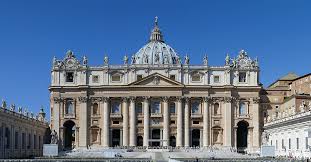Vatican City, May 7 — The ancient ritual to elect a new pope began today as 133 cardinal-electors gathered inside the Sistine Chapel following the death of Pope Francis on April 21. The conclave, conducted in strict secrecy, will choose the next leader of the world’s 1.3 billion Catholics.
Each round of voting will continue until a cardinal secures a two-thirds majority. When a new pope is chosen, white smoke will rise above the chapel, signaling the decision to the world. Until then, black smoke will mark inconclusive rounds.
While attention focuses on the successor to Pope Francis, the moment also revives interest in one of the Church’s oldest controversies: the rise of antipopes. These were figures in history who claimed the papacy without legitimate election, often in times of schism and political rivalry. Notable among them were Clement VII and Benedict XIII during the Western Schism (1378–1417), a period that saw multiple claimants to the papal throne, dividing Europe.
Antipopes were mostly installed by dissenting factions within the Church or influenced by kings and emperors eager to control Rome’s spiritual and political power. Their existence highlights the fragility of unity in religious institutions and the intense political stakes involved in papal succession.
This conclave, the first since 2013, will likely take several rounds as cardinals weigh theological vision, regional representation, and leadership experience. While no clear frontrunner has emerged, the conclave could elect a pope from the global South, reflecting Catholicism’s demographic shift.
The world watches the Vatican not only for a spiritual decision but also for a signal of what direction the Church will take in a time of global uncertainty.
Smoke Rises Over Vatican as Conclave Begins to Elect New Pope, Shadows of Antipopes Resurface

